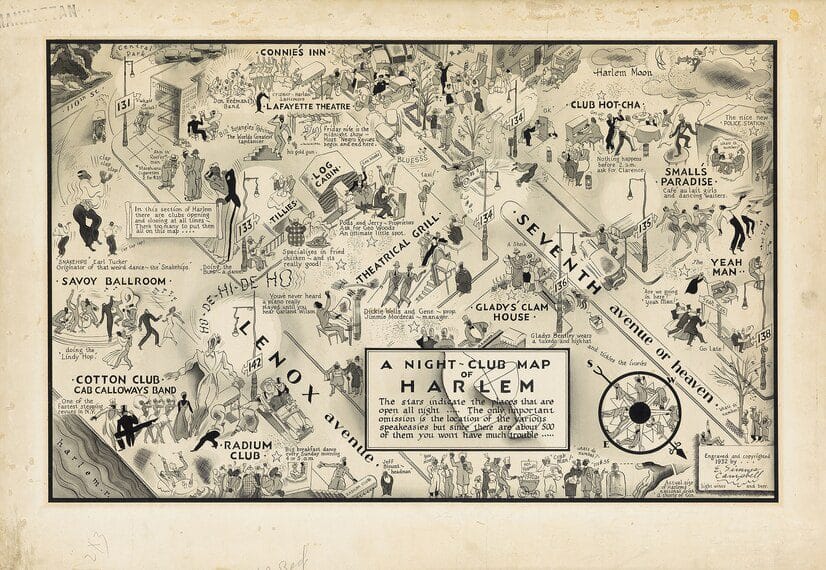Illustrated by Campbell, Elmer Simms, American, 1906 – 1971
Like this map, an artist may estimate, distort, or exaggerate places and happenings, thereby jeopardizing the sense of proportion. Yet, he presents his observations as accurately as possible, within the context of his experience.
Observations.
Watching my peers age has been a challenging experience. Most of the time, I don’t know how to navigate this new landscape where old and new stories are unearthed and intertwined like struggling vines, climbing, squeezing the life of one another and we, the new gardeners, while attempting to save and preserve the magnificence of the original garden, may also want to chop the whole vine, to uproot it thoroughly, let it dry out and replant something that can survive. We may need to discard the old soil and hope the original seed survives within the new collective memory.
What I understand.
In America, the healing of the individual (right now) is more important than the healing of the collective. It’s a Western problem rooted in centuries of trauma. When artists are extensions of the joy and pain that built a culture, they also project their views with subjective mental processes and imperfect words. The meaning of their take on art is often misconstrued due to nuances, misunderstandings, and mistranslations. These art forms bubbling up to the surface are also extensions of countless aging souls who hope we will remember and share their stories and legacies. To survive, the form wants to plant, sow, and reap first; the culture and the artfulness often become secondary. It’s the memory lapses that entangle everything and create friction and fear of erasure.
For us, it’s much easier to destroy the infested garden than it is to find the root cause of the disease.
What is unclear?
As we know, our cultures spread from oral traditions, from person to person and body to body; we sample, remix, and remake. The timelines and markers are numerous, yet despite everyone attending the same event, each individual remembers it differently.
The adages are revamped into sayings we have never heard before. Do we accept or dismiss them as “truths untold” or cling to outdated narratives on the merit of “lived experience”? One recontextualizes personal and subjective experiences, the other perpetuates distortions to distract from the facts. “I was there” or “I lived it” does not necessarily make an event factual.
Conclusion.
Between what is true and what is fact lies a speech spun by different tongues. The tiniest voice inflection allows error to seep into our conversations. One word can have multiple meanings and definitions. Each person’s experience in one combined environment varies in degrees. Like a boiling stew, some bubbles may rise to the surface, while others recede, and still a small but explosive number of them stain everything, including the cook.
We may be the energy that heats it; the choice of ingredients may vary, but a cook, no matter the chemistry used, must understand nature’s laws to cook well.
A stew without water is not a stew. Whatever form that water takes.
Tash.

